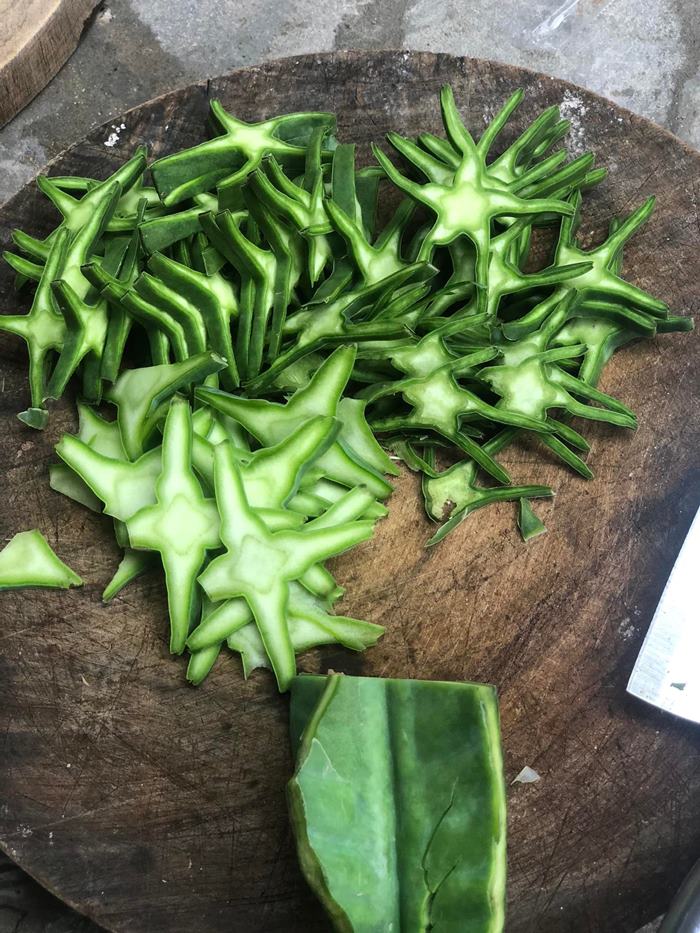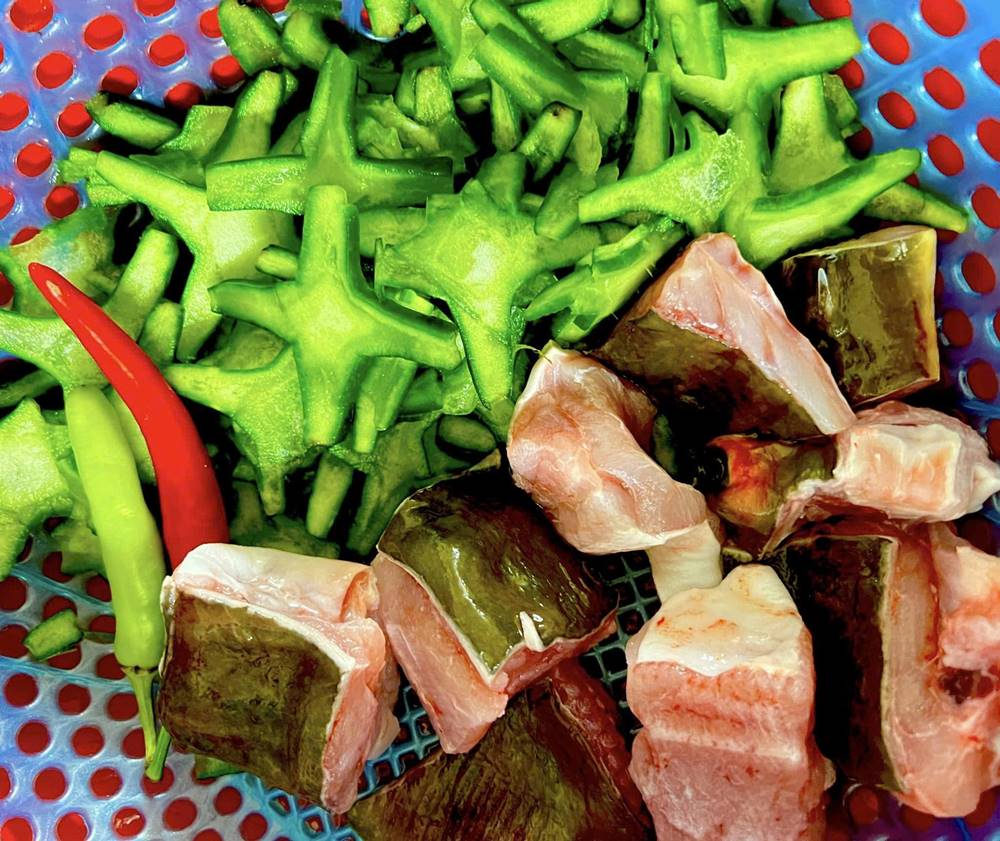Rising in the harsh sun and wind of the Central region, dragon bone trees have long become a part of the lives of Quang Binh people. Gary dragon bone, rabbit ear dragon bone... are a source of nutritious green vegetables during difficult days.
Mr. Le Ba Nuyen, a resident of Bo Trach, Quang Binh, said that there are many types of sea dragon bones, but the five-winged, five-spoke snake bones were used by the villageefather Ly Nhan Nam (ie the ancient Nhan Trach village) for 3 main purposes.
According to ancient beliefs, dragon bones can prevent ghosts from entering the house. Dragon's grass is used to block sand and protect soil flows very well. In particular, in the crop-line seasons, cajuput trees become a valuable source of green vegetables, rich in nutrients, helping fishermen overcome difficulties.


From local ingredients, coastal people of Quang Binh create a soup of du fish to cook dragon bones. The seemingly strange combination of the sweet taste of pangasius and the fragrant young dragon bones has created an attractive taste experience.
To have a delicious soup pot, local people carefully choose young dragon bone buds, remove the outer thorns and green film, then thinly slice and boil until the oil is completely released. Dragon's bone is simmered with fresh amphibious fish, creating a refreshing and sour soup with rich ocean flavor.

Not only stopping at soup, dragon fruit is also transformed by Quang Binh people into many other unique dishes. From refreshing delicious crab and bone salad served with beef, crab and bone hotpot with rich seabed flavors, to delicious grilled dishes or fresh salad, dragon fruit makes diners come to Quang Binh. Or, dragon bone pizza, dragon bone tea... also promise to bring new experiences.
Visitors can find dragon bone specialties at some addresses such as Aunt Ha's restaurant (Truong Phap street), Vinh men's restaurant, La Co restaurant, Tam Gem restaurant...






